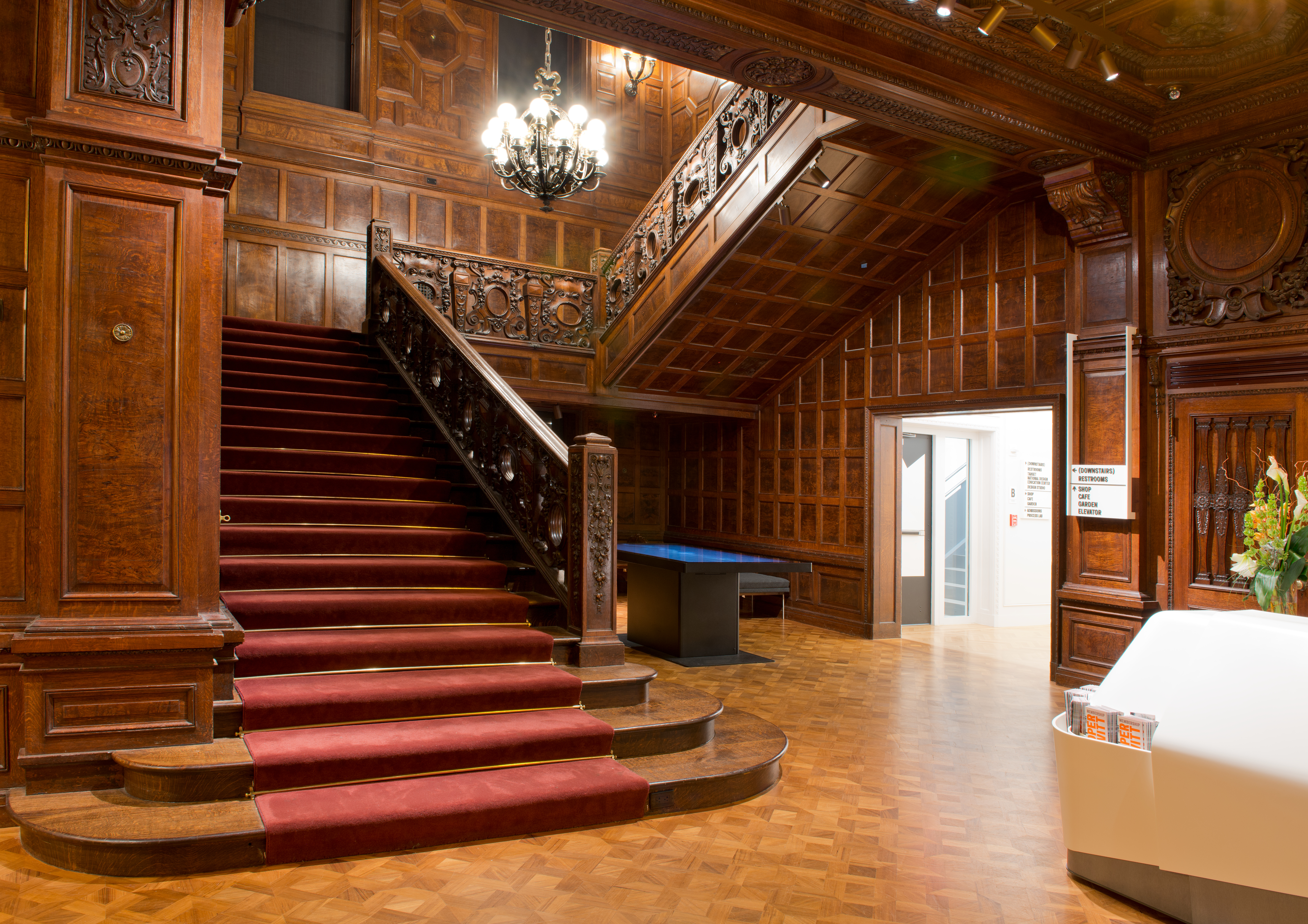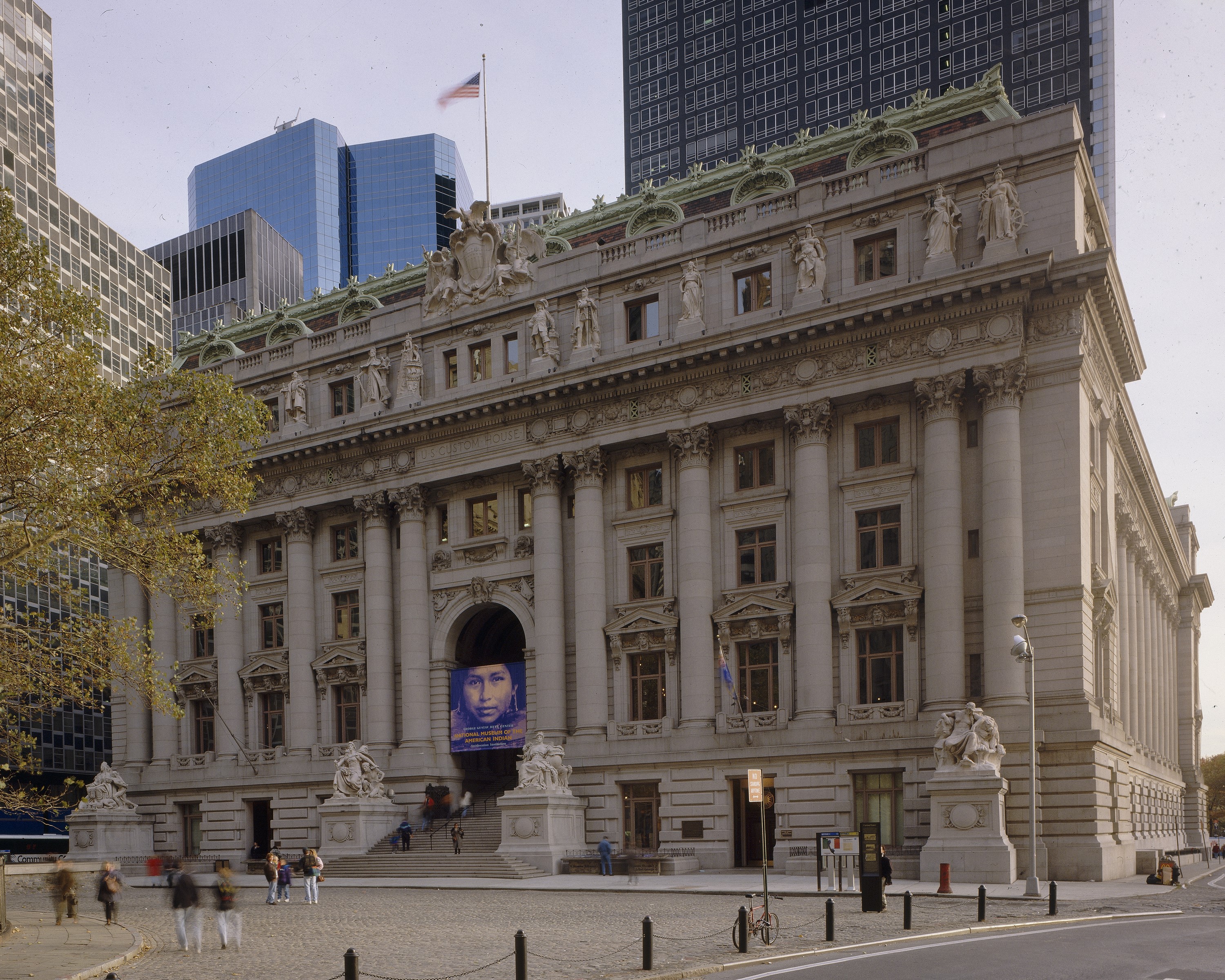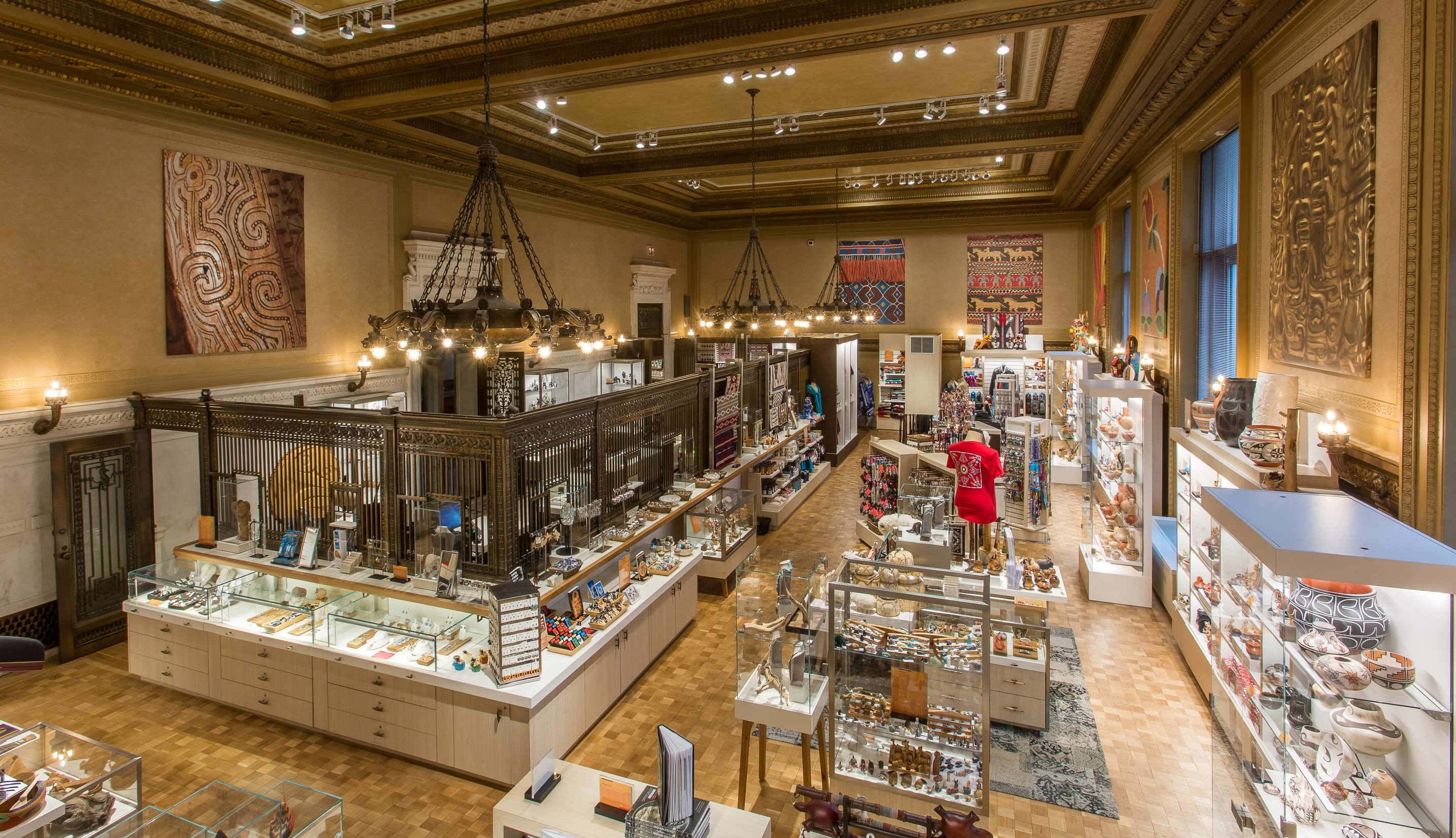Preservation Periodical: Volume 3, Issue 1
Winter 2024
Smithsonian Properties in New York City
By Carly Bond
The Smithsonian Institution operates two museums in New York City, both housed in magnificent historic properties that are listed National Historic Landmarks. There are over 2,600 National Historic Landmarks across the United States, each designated to represent nationally significant aspects of culture and history. Read on below to learn more about the history of these properties and the unique museum programs the Smithsonian offers. Plan a visit and consider the success of these adaptive use projects on your next trip to New York City.
Cooper Hewitt, Smithsonian Design Museum – Andrew Carnegie Mansion
In 1976 the Smithsonian Design Museum opened, the only museum collection in the United States of solely historic and contemporary design objects. The Museum is primarily housed in the Andrew Carnegie Mansion with four floors of galleries. The Georgian style Mansion was designed by Babb, Cook & Willard and completed in 1902 located on the east side of Fifth Avenue between 90th and 91st Streets in Manhattan. All of the Mansion’s principal rooms were designed to face its large, enclosed garden to its south.
Significant historic spaces on the first and second floors were preserved to function as galleries in the 1970s renovation. Some historic finishes were removed or covered over in the second through fourth floors to create galleries, offices, library, and mechanical upgrades. Modernization made use of historic utilitarian spaces where possible, like placing the elevator in the shaft that originally housed the Carnegies’ pipe organ. Visiting the Cooper Hewitt is like experiencing a non-traditional Gilded Age house museum.

The Mansion is connected to two townhouses at 9 and 11 East 90th Street, both completed in 1903 in Neo-Georgian and Beaux Arts styles respectively. Under a project completed in 1995, the townhouses were combined on the interior and connected to the Mansion via an addition that serves as the Cooper Hewitt’s café.
The Andrew Carnegie Mansion is a National Historic Landmark, listed in the National Register of Historic Places, and a New York City landmark. The three buildings that house the Smithsonian Design Museum are contributing to the Carnegie Hill Historic District.
National Museum of the American Indian New York - Alexander Hamilton U.S. Custom House
The Beaux Arts style Alexander Hamilton U.S. Custom House was saved from demolition in 1979. Designed by Cass Gilbert and built in 1907, it needed a use. The need to find a New York presence for the new National Museum of the American Indian provided a solution. In 1989 George Gustav Heye transferred his vast collection to the Smithsonian, the largest private collection of Native American artifacts in the world. The basement, first, and second floors were leased to the Smithsonian by the U.S. General Services Administration, and the Museum opened in 1994 after extensive interior and exterior restoration. The National Museum of the American Indian also has a museum presence on the National Mall in the District of Columbia, and the Cultural Resources Center in Suitland, Maryland.
Located at 1 Bowling Green in lower Manhattan, the Alexander Hamilton U.S. Custom House is connected to New York City’s history as an international port and commercial center. The building is oriented toward the Bowling Green, New York City’s oldest public gathering space designated in 1686. Sculptures, Corinthian columns, and Classical architectural details decorate the building’s exterior. Four sculptures by Daniel Chester French representing international commerce flank the monumental entry stair.

The Custom House interior retains restored ceremonial interiors including a three-story rotunda with painted murals. The insertion of some modern exhibit galleries in certain spaces were designed as windowless rooms built within the historic spaces, preserving but concealing architectural finishes. In other spaces restored historic finishes are visible. For example, the museum shop is housed in the Cashier’s Office where the decorative iron secure cage is part of the experience.

The building was listed in the National Register of Historic Places in 1972 and was designated a National Historic Landmark in 1976. In 1979 New York City's Landmarks Preservation Commission made the exterior and public interior spaces a city landmark.
Preservation Periodical: Volume 3 Issue 2